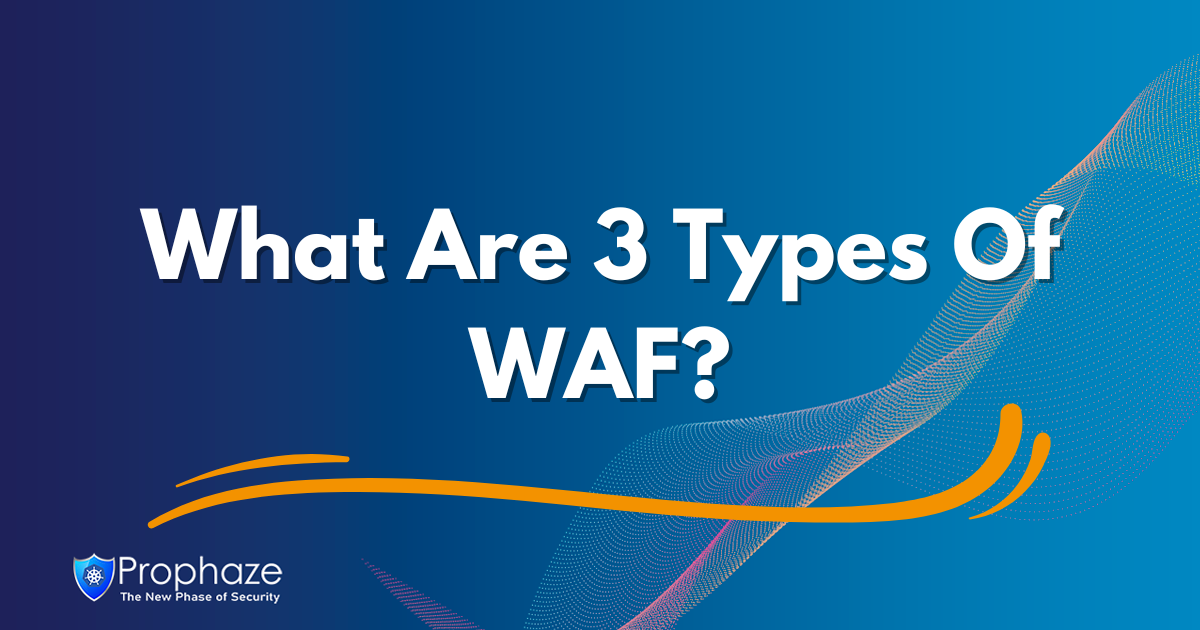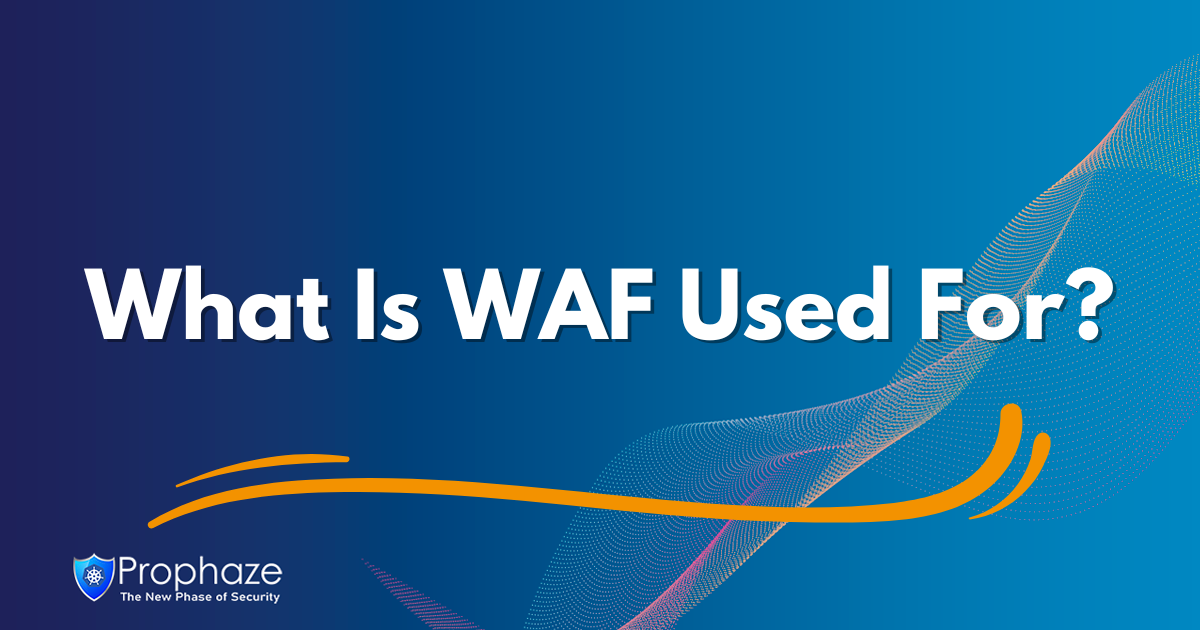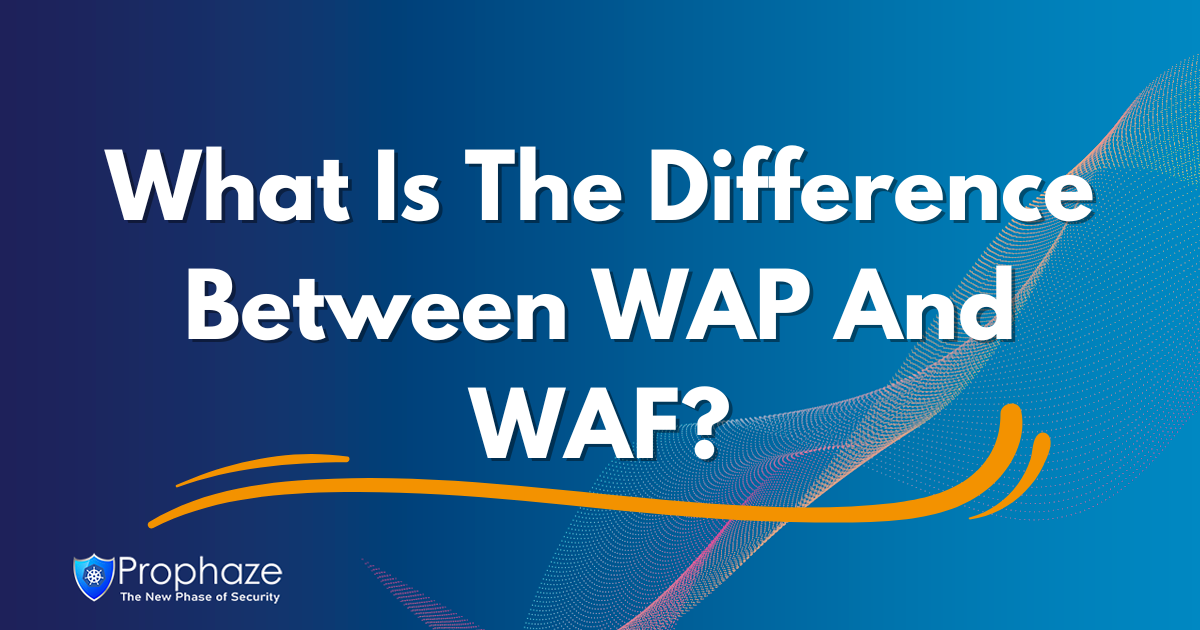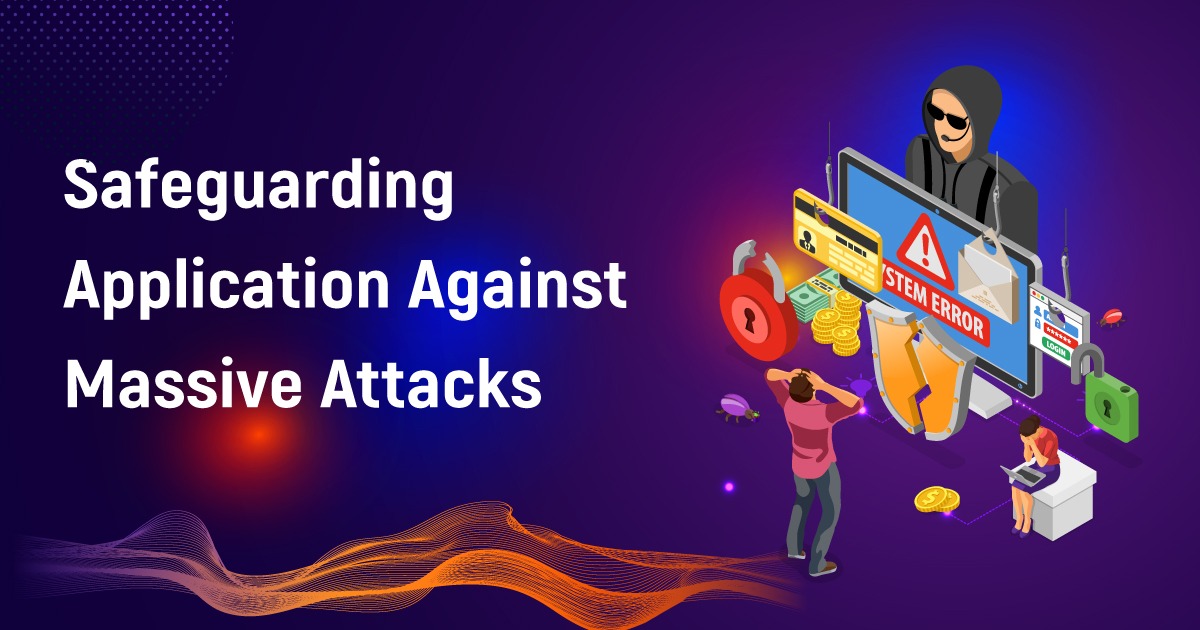Can WAF Protect DDoS Attacks?
Determine the defense against DDoS attacks by Web Application Firewalls (WAF). Learn how WAFs can improve web application security by analyzing traffic, implementing rate restrictions, using challenge-response methods, and integrating with DDoS mitigation.
Can a Application Firewall (WAF) Shield Your Website Against DDoS Attacks?
DDoS (distributed denial of service) attacks are an extreme risk to web applications as well as enterprises in the digital world. These attacks are designed to overload servers with traffic, blocking legitimate users from accessing the targeted website. Many organizations use web application firewalls (WAFs) as a defense mechanism to combat this issue.
Rate Limiting and Traffic Analysis:
WAFs can analyze incoming traffic patterns, spot unexpected spikes, and distinguish between safe and unsafe requests. A WAF can limit the number of requests coming from particular IP addresses or IP ranges by deploying rate-limiting methods. This strategy aids in traffic flow regulation and reduces the effects of DDoS attacks.
Challenge Response Mechanisms:
Some sophisticated WAFs have challenge response mechanisms that require customers to make additional efforts to prove their authenticity. This could entail completing a task that distinguishes trustworthy users from malicious bots. A WAF can efficiently screen out automated bot traffic linked to DDoS attacks by providing this phase of validation.
Blacklisting and Whitelisting:
Lists of IP addresses or IP ranges that are blacklisted and whitelisted can be kept up to date by WAFs. A WAF can stop traffic coming from known malicious IP addresses linked to DDoS attacks by adding them to a blacklist. In contrast, by adding trustworthy IP addresses to a whitelist, the WAF can provide authorized users with priority access and lessen the severity of the assault.
Integrations with DDoS Mitigation Services:
WAFs can occasionally be linked to specific DDoS mitigation services. These services operate in conjunction with the WAF to guard against DDoS attacks by specializing in their detection and mitigation at the network level. The combination strategy improves the overall DDoS attack defense.
Conclusion
WAFs can offer protection against DDoS assaults, even if their main purpose is to defend web applications against application-level attacks. To offer complete protection against DDoS assaults, organizations should think about using a combination of security measures, including specialized DDoS mitigation solutions and services.









